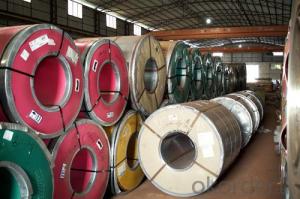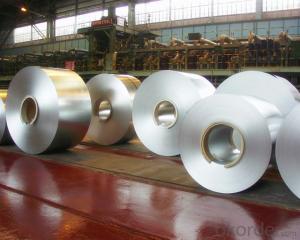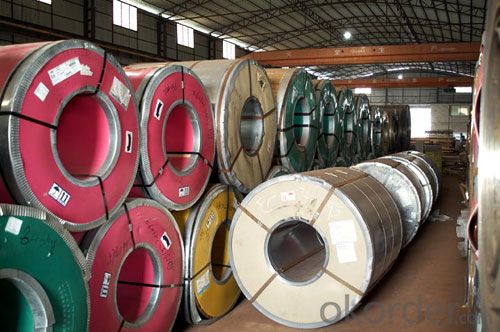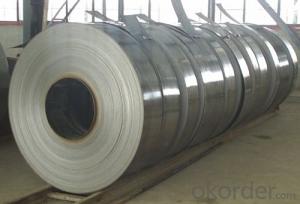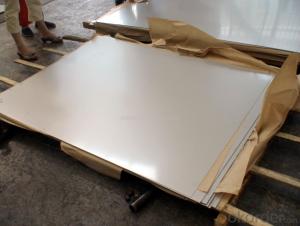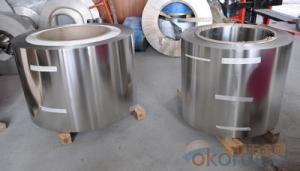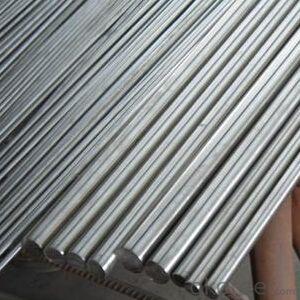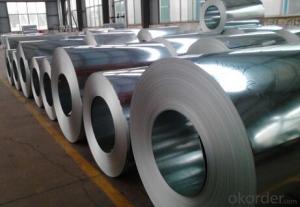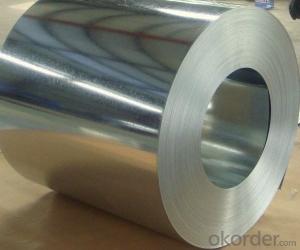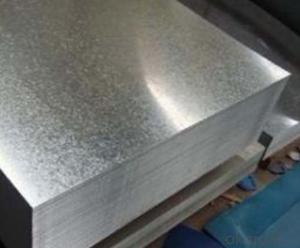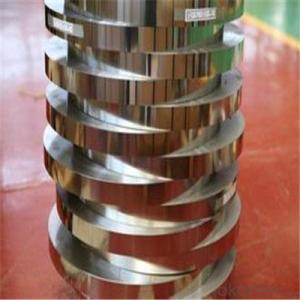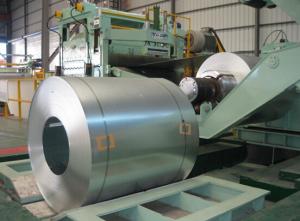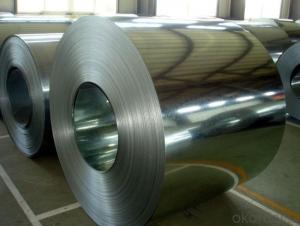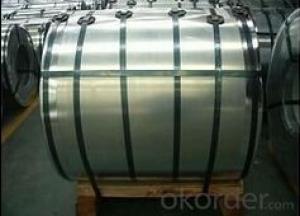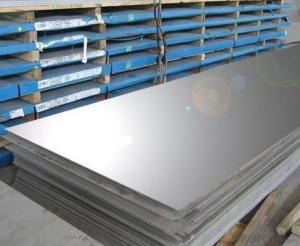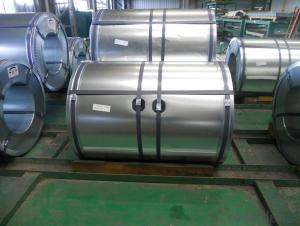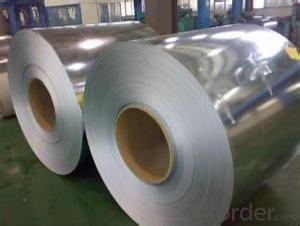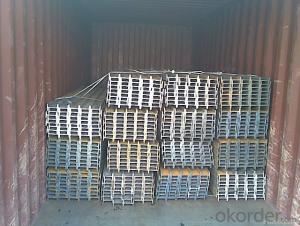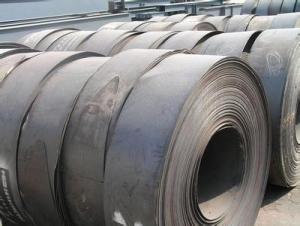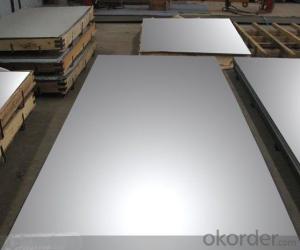GI/CGI/SGCC Galvanized Steel Sheet In Coil
- Loading Port:
- Qingdao
- Payment Terms:
- TT OR LC
- Min Order Qty:
- 25 m.t.
- Supply Capability:
- 10000 m.t./month
OKorder Service Pledge
OKorder Financial Service
You Might Also Like
GI/CGI/SGCC Galvanized Steel Sheet In Coil
1.Structure of GI/CGI/SGCC Galvanized Steel Sheet In Coil
GI/CGI/SGCC Galvanized Steel Sheet In Coil is widely used in the construction industry, as raw material for the production of corrugated panels, fencing products, drywall panel profiles, ventilation systems etc. Recommended for both outside and inside usage, galvanized steel has a high resistance to corrosion in different environments, due to a protective layer of zinc of 100 – 180 grams per square metre.
Hot-dip galvanized steel coils are produced by immersing steel in a zinc bath. An appropriate galvanizing process requires a pretreatment process during which the steel passes through different baths which prepare the surface for zinc coating. In this stage, chemicals are used to clean the surface of the steel. After the chemical treatment, the steel coils pass through a bath of melted zinc at temperatures around 460 ° C. The resulting uniform coating is finished through a process of skin-passing to provide smooth and shiny appearance of the finished product. To store for a longer period, the hot-dip galvanized coils can be delivered with a final oil coating, according to the customer’s demand.
2.Main Features of GI/CGI/SGCC Galvanized Steel Sheet In Coil.
1) Rust-proof
2) Water-proof
3)Durable using
3. GI/CGI/SGCC Galvanized Steel Sheet In Coil Images
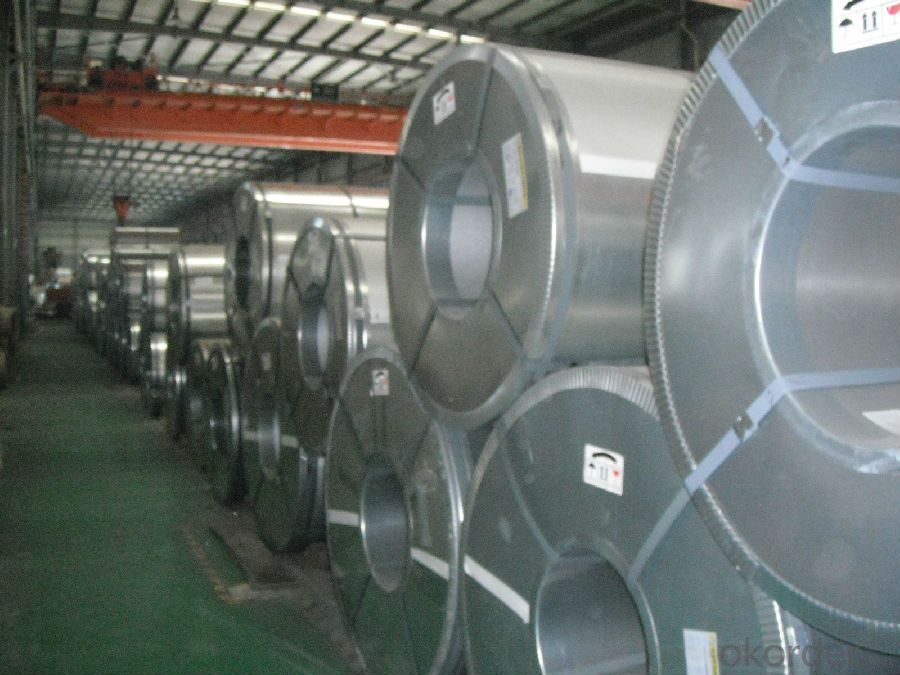
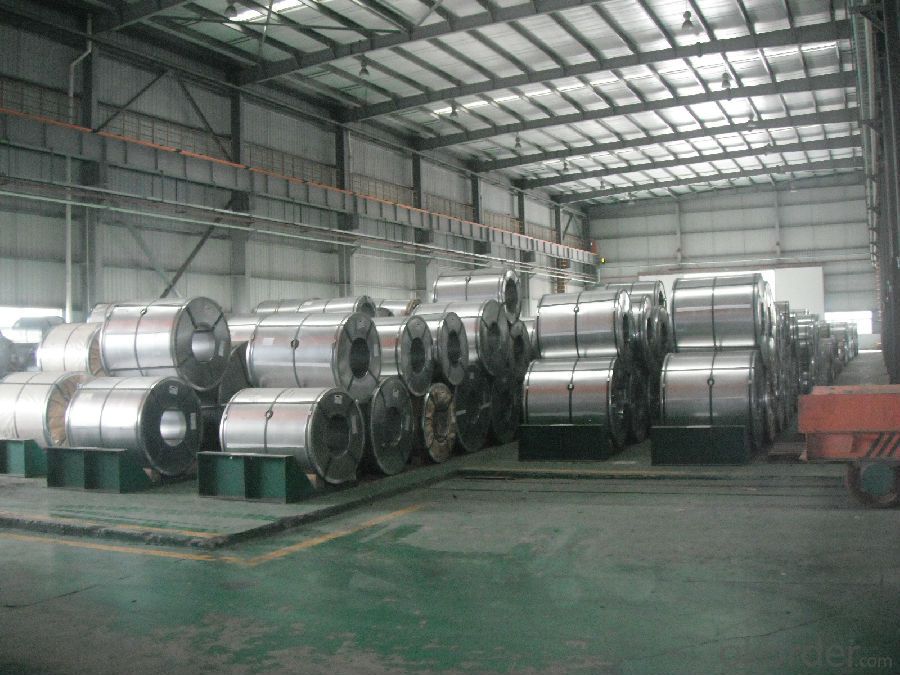
4. GI/CGI/SGCC Galvanized Steel Sheet In Coil Specification
1)Based raw material: Hot rolled steel coils or Cold rolled steel coils
2) Thickness
3) Width
4)Coating mass
5) Spangle
6)Surface treatment
7)Coil inner diameter
8)Painting kind
9)Painting color
10)Painting thickness
5.FAQ of GI/CGI/SGCC Galvanized Steel Sheet In Coil
We have organized several common questions for our clients,may help you sincerely:
①How about your company?
A world class manufacturer & supplier of castings forging in carbon steel and alloy steel,is one of the large-scale professional investment casting production bases in China,consisting of both casting foundry forging and machining factory. Annually more than 8000 tons Precision casting and forging parts are exported to markets in Europe,America and Japan. OEM casting and forging service available according to customer’s requirements.
②How to guarantee the quality of the products?
We have established the international advanced quality management system,every link from raw material to final product we have strict quality test;We resolutely put an end to unqualified products flowing into the market. At the same time, we will provide necessary follow-up service assurance.
③Could I have your Processing technique introduction?
Processing technique:
| adopt wide hot galvanized strip produced by famous company as Bao Steel which has even thickness |
| we introduce a new complete set of cutting technology |
| keep steady precision |
| reduce waste of material farthest |
| adopt physical technique in order to make the galvanized level thicker |
| enhance the rustproof capability |
| adopt non-chrome passivation technique |
| protect the environment against pollution |
| adopt level pressure technique and inert gases protect technique |
| make the galvanized level brighter |
| delay oxidation phenomenon in natural environment |
- Q: What are the specifications for steel strips used in the oil and gas industry?
- The specifications for steel strips used in the oil and gas industry are generally determined by the specific application and requirements of the project. However, there are some common specifications that are typically followed. Firstly, the steel strips used in the oil and gas industry must have high tensile strength and excellent corrosion resistance. This is crucial because they will be exposed to harsh and corrosive environments, such as offshore drilling platforms or pipelines carrying corrosive fluids. The steel strips should also possess good weldability and formability, as they may need to be fabricated and shaped into different components or structures. It is important that they can withstand various fabrication processes, such as bending, cutting, or welding, without compromising their strength or integrity. In terms of material composition, the steel strips used in the oil and gas industry are commonly made from carbon steel or alloy steel. Carbon steel strips are often preferred for their cost-effectiveness and ease of manufacturing, while alloy steel strips offer enhanced mechanical properties and resistance to high temperatures. Furthermore, the dimensions and thickness of the steel strips can vary depending on the specific application. They can range from thin strips for sealing or gasketing purposes to thicker strips for structural components or pipe manufacturing. In addition to these general specifications, there are industry-specific standards and certifications that the steel strips may need to meet. For instance, they may need to comply with standards set by organizations such as the American Petroleum Institute (API) or the American Society for Testing and Materials (ASTM). Overall, the specifications for steel strips used in the oil and gas industry revolve around high tensile strength, excellent corrosion resistance, good weldability and formability, appropriate material composition, and compliance with industry-specific standards. These specifications ensure that the steel strips can withstand the demanding conditions of the oil and gas industry and perform their intended functions reliably and safely.
- Q: What are the different surface protection options for steel strips?
- There are several surface protection options for steel strips, including galvanizing, coating with paints or lacquers, and applying protective films or tapes.
- Q: How are steel strips used in the manufacturing of fasteners?
- Steel strips are commonly used in the manufacturing of fasteners as they provide strength, durability, and precision. These strips are cut into specific dimensions and shapes to create various types of fasteners such as screws, bolts, and nails. The steel strips undergo processes like stamping, rolling, and heat treatment to enhance their mechanical properties, ensuring that the fasteners can withstand high levels of tension, shear, and torque. Additionally, steel strips can be coated or plated to enhance corrosion resistance, making them ideal for use in various industries including automotive, construction, and aerospace.
- Q: What are the different edge conditions available for steel strips?
- Steel strips come in various edge conditions, each designed for specific purposes and to meet different application requirements. The following are some common edge conditions for steel strips: 1. Mill Edge: The steel strip is left in its natural rolled state without any additional treatment or processing. 2. Slit Edge: The steel strip is slit to the desired width, resulting in two rougher slit edges with burrs from the slitting process. 3. Deburred Edge: To remove burrs and sharp edges from the slit edge, the steel strip is deburred, improving safety and preventing damage during handling. 4. Rounded Edge: The edges of the steel strip are rounded to eliminate sharp corners and create a smoother profile, often used for safety, aesthetics, or ease of handling. 5. Burr-Free Edge: All burrs and sharp edges are removed from the steel strip, typically required for precise and high-quality applications like automotive or electronics. 6. Trimmed Edge: Excess material is trimmed or removed from the edges of the steel strip to achieve a specific width or improve dimensional accuracy. 7. Beveled Edge: A specific angle is cut or ground along the edge of the steel strip, often used to facilitate welding or joining, enhancing fit and joint strength. These different edge conditions provide a range of options to meet the diverse needs of various industries and applications. Choosing the appropriate edge condition is crucial to ensure optimal performance, safety, and functionality of the steel strip in its intended application.
- Q: What are the different thicknesses available for steel strips?
- The different thicknesses available for steel strips vary depending on the application and industry requirements. Common thicknesses can range from very thin, such as 0.001 inches (0.0254 mm), to thicker options like 0.25 inches (6.35 mm) or more. However, it is important to note that steel strips can be manufactured in a wide range of thicknesses to meet specific project needs.
- Q: Are steel strips heat-treatable?
- Yes, steel strips are heat-treatable. Heat treatment is a process used to alter the properties of steel strips by subjecting them to controlled heating and cooling. This process can help enhance their strength, hardness, and other desired characteristics.
- Q: Are steel strips suitable for the production of musical instruments?
- Yes, steel strips can be suitable for the production of musical instruments. They can be used in various applications such as making strings for guitars, pianos, or other stringed instruments. Steel strips offer durability, a bright tone, and good sustain, making them a popular choice for certain types of musical instruments.
- Q: What are the different types of corrosion that affect steel strips?
- There are several types of corrosion that can affect steel strips. These include: 1. General corrosion: This is the most common form of corrosion, where the entire surface of the steel strip is uniformly corroded over time. It occurs when the steel is exposed to oxygen and moisture, leading to the formation of iron oxide (rust). 2. Pitting corrosion: Pitting is a localized form of corrosion that creates small holes or pits on the surface of the steel strip. It occurs when the protective layer of oxide on the steel is compromised and allows corrosion to occur in small areas. Pitting corrosion is often caused by exposure to chlorides, such as saltwater or de-icing salts. 3. Crevice corrosion: Crevice corrosion occurs in tight spaces or crevices where oxygen and moisture are trapped, such as gaps between overlapping steel strips. It can result in localized corrosion and can be accelerated by the presence of chlorides or other corrosive substances. 4. Galvanic corrosion: Galvanic corrosion occurs when two dissimilar metals come into contact in the presence of an electrolyte, such as water or saltwater. The more reactive metal (anode) will corrode preferentially, while the less reactive metal (cathode) remains protected. In the case of steel strips, galvanic corrosion can occur when they are in contact with other metals, such as aluminum or copper. 5. Stress corrosion cracking: This type of corrosion occurs under the combined action of tensile stress and a corrosive environment. It can lead to the formation of cracks in the steel strip, which can propagate and cause structural failure over time. Stress corrosion cracking is typically caused by the presence of certain chemicals, such as chlorides or sulfides, in the environment. It is important to consider the specific environment and conditions in which the steel strips are exposed, as different types of corrosion may be more prevalent or severe in certain situations. Proper corrosion prevention measures, such as protective coatings or regular maintenance, can help mitigate the effects of corrosion on steel strips.
- Q: Can steel strips be used in the production of medical implants?
- Indeed, the utilization of steel strips is feasible in the fabrication of medical implants. Owing to their robustness, endurance, and resistance to corrosion, steel strips frequently serve as primary materials for the manufacturing of medical apparatus and implants. These strips possess the capability to be molded, trimmed, and shaped into assorted implant constituents, including plates, screws, rods, and wires. Furthermore, steel strips can undergo surface treatments or coatings to heighten biocompatibility, diminish friction, or expedite the process of osseointegration. On the whole, steel strips are widely employed in the production of medical implants, thereby offering patients reliable and enduring solutions.
- Q: Can steel strips be used for making pipes?
- Yes, steel strips can be used for making pipes. Steel strips are often rolled and welded into cylindrical shapes to create pipes for various applications, such as plumbing, construction, and manufacturing.
Send your message to us
GI/CGI/SGCC Galvanized Steel Sheet In Coil
- Loading Port:
- Qingdao
- Payment Terms:
- TT OR LC
- Min Order Qty:
- 25 m.t.
- Supply Capability:
- 10000 m.t./month
OKorder Service Pledge
OKorder Financial Service
Similar products
Hot products
Hot Searches
Related keywords
